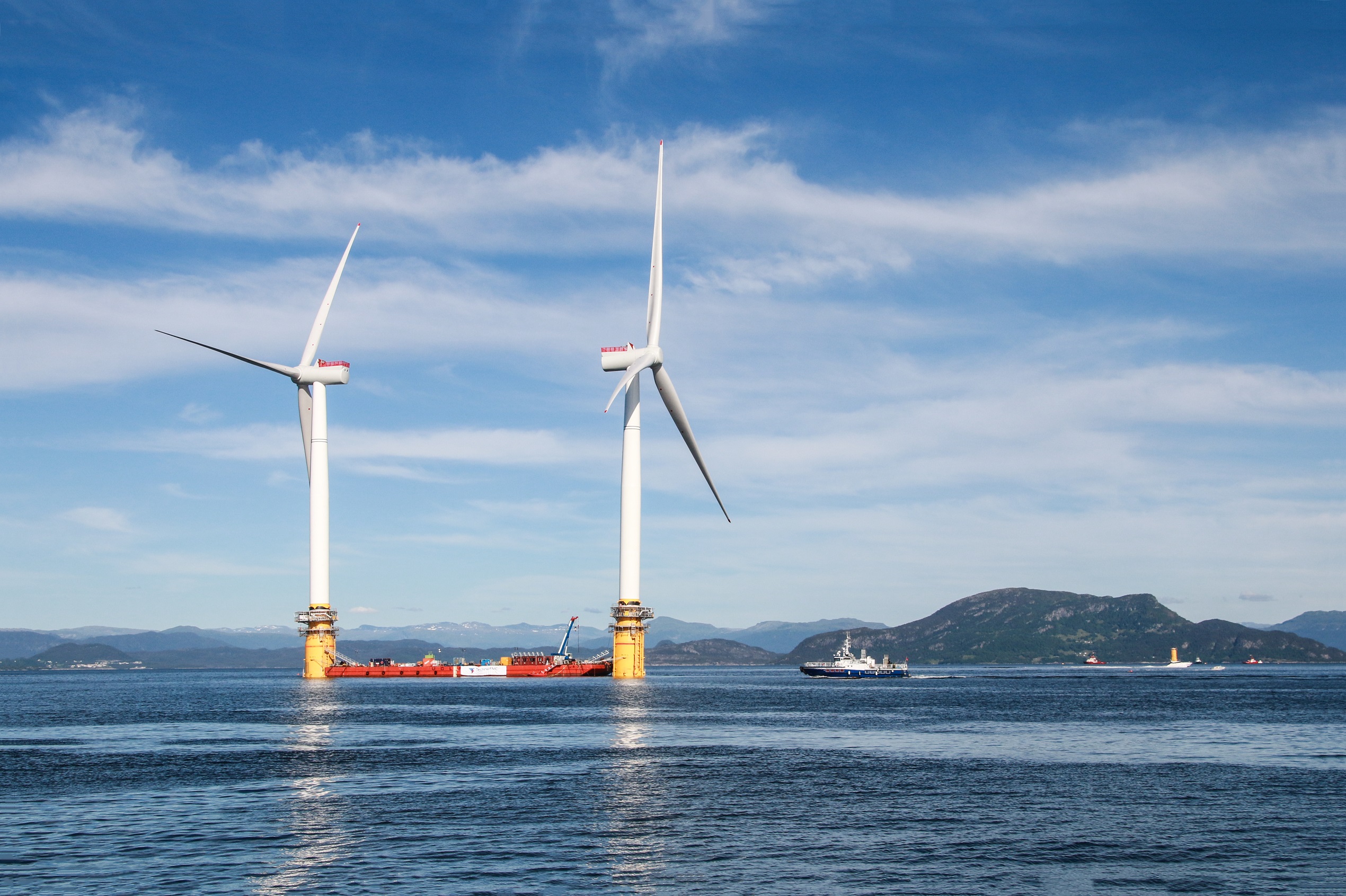Belgium is set for competitive tenders for offshore Princess Elisabeth Zone
Publié le 10th August 2023
Developers and investors can prepare to bid after the issue of tender principles for Belgium's second offshore wind zone

Belgium, in order to achieve its climate targets, intends to rely heavily on offshore wind. To this end, the government has decided to increase the nation's offshore wind capacity from 2.2 GW to 5.8 GW by 2030.
In line with its neighbouring EU Member States, Belgium intends to organise competitive bidding procedures or "tenders". The admissibility and award criteria have been published by the Belgian Ministry of Economy and will soon be anchored in the Belgian Electricity Act and its executive legislation. With the tender principles now issued, the call for bids will be launched in 2024.
Offshore parcels
In the Marine Spatial Plan for 2020-2026, an additional area in the Belgian North Sea of 285 km² (at the border with France) is reserved for offshore wind energy. This area, which is designated the Princess Elisabeth Zone (PEZ), has been divided, in turn, in to three zones: Noordhinder North, Noordhinder South and Fairybank with a corresponding maximum installed capacity of 700 megawatts (MW), 1,225-1,400 MW, and 1,225-1,400 MW.
Admissibility criteria
For a bid to be admissible to the tender, it must meet the following admissibility criteria:
- Technical capacities. The bidder must have a technical experience of 300 MW of realised offshore wind power.
- Financial strength and stability. The bidder must own at least €75 million in assets by the end of the year preceding the year of application for the 700-MW lot and €150 million for the 1,275-1,400-MW lots. A guarantee will be requested to proof this.
- Requirements for the grid connection. The bidder will have to comply with the technical requirements for the project's grid connection.
- Maximum strike price. The maximum strike price determined by the government will have to be respected.
- Minimum installed capacity. The bidder will have to install at least the capacity determined by law.
- Minimum share of citizen participation. A minimum of 1 per cent of the capex of the entire project should be opened to citizen participation. A detailed plan on how this participation will be achieved and applied must be included in the tender.
- Cybersecurity. All concessions will be subject to the upcoming NIS2 directive.
Bidders must also meet criteria to avoid exclusion. They cannot be considered as a firm in difficulty within the meaning of the European Commission's guidelines on state aid for rescuing and restructuring firms in difficulty. Also, a bidder may not be the subject of an outstanding recovery order under state aid and must have met all his obligations regarding the payment of taxes and social security contributions.
Award criteria
The received bids will be assessed taking into account the offered strike price (90 per cent) and the innovation in the business model (10 per cent).
With regard to the price, the bidder must set a strike price that it wishes to be applied in a two-sided contract for difference (CfD) mechanism that will apply for a period of 20 years. The legislation will provide for the possibility of a carve-out but the base volume of the offer is always considered within the two-sided CfD.
The variable price premium in month m (CfD Premium m) will be applied monthly to each MW hour (MWh) that would have been possible; in particular, the available active power, including, among others, the curtailment requested by the system operator, as well as the negative day-ahead-market and imbalance prices, after correction for non-operational hours due to, for example, operations and maintenance reasons.
The envisaged carve-out allows bidders – in a period of three years after the final installation of the wind farm – to stop offering up to 50 per cent of the total electricity generation under the two-sided CfD, but to consider it as a carve-out. This carve-out is only possible if the electricity in question is contracted through a power purchase agreement (PPA) leading to a fixed price for the electricity that is no higher for the end user than the strike price submitted in the bid plus €3/MWh.
A one-time fallback option is foreseen, allowing operators and bidders to bring the volume that was carved out and covered by a PPA back under the CfD regime and, therefore, the offered strike price. This fallback option is PPA-specific (and, therefore, does not necessarily relate to the total volume covered by the carve-out).
To promote citizen participation, 10 additional points can be earned by bidders who increase the share of citizen participation. Under this framework, the bidder can reserve a percentage of the project's capex for different forms of citizen participation during the tender phase. The objective is to open up to 4 per cent of the project's capex in total for citizen participation. The "making available" must be activated no later than three years after the final installation date.
The following forms of citizen participation are eligible:
- Financial participation amounting to 3 per cent of the project's capex in addition to the minimum 1 per cent citizen participation as an eligibility criterion.
- Communication, sensitisation and active engagement included in the action plan.
- Access for renewable energy communities amounting to 2 per cent of the project's capex.
Tender timeline
The tender for the allocation of the lots will be organised in two phases (both based on the tender principles as further detailed below): a first tender for the first lot of 700 MW (which will be connected onshore to Ventilus) will be organised in the last quarter of 2024, and a second tender for the second and third lots (which will be connected onshore to Boucle du Hainaut) will be organised in 2026-2028.
The bidders will have nine months to prepare their bids, after which the Belgian ministry FPS Economy will have three months to evaluate the bids, which can be extended by a further three months if needed. The bidders are then expected to have the entire windfarm operational no later than 48 months after the announcement of the winning bid.
The windfarms will be connected offshore through an offshore energy island that will be developed by the electricity system operator Elia.
Osborne Clarke comment
With the publication of the tendering principles, the legal framework for the second Belgian offshore wind zone is taking place.
This is an excellent opportunity for developers and investors to take note of these tendering principles and start preparing their bids.
For any questions on the above, please contact our specialists.





